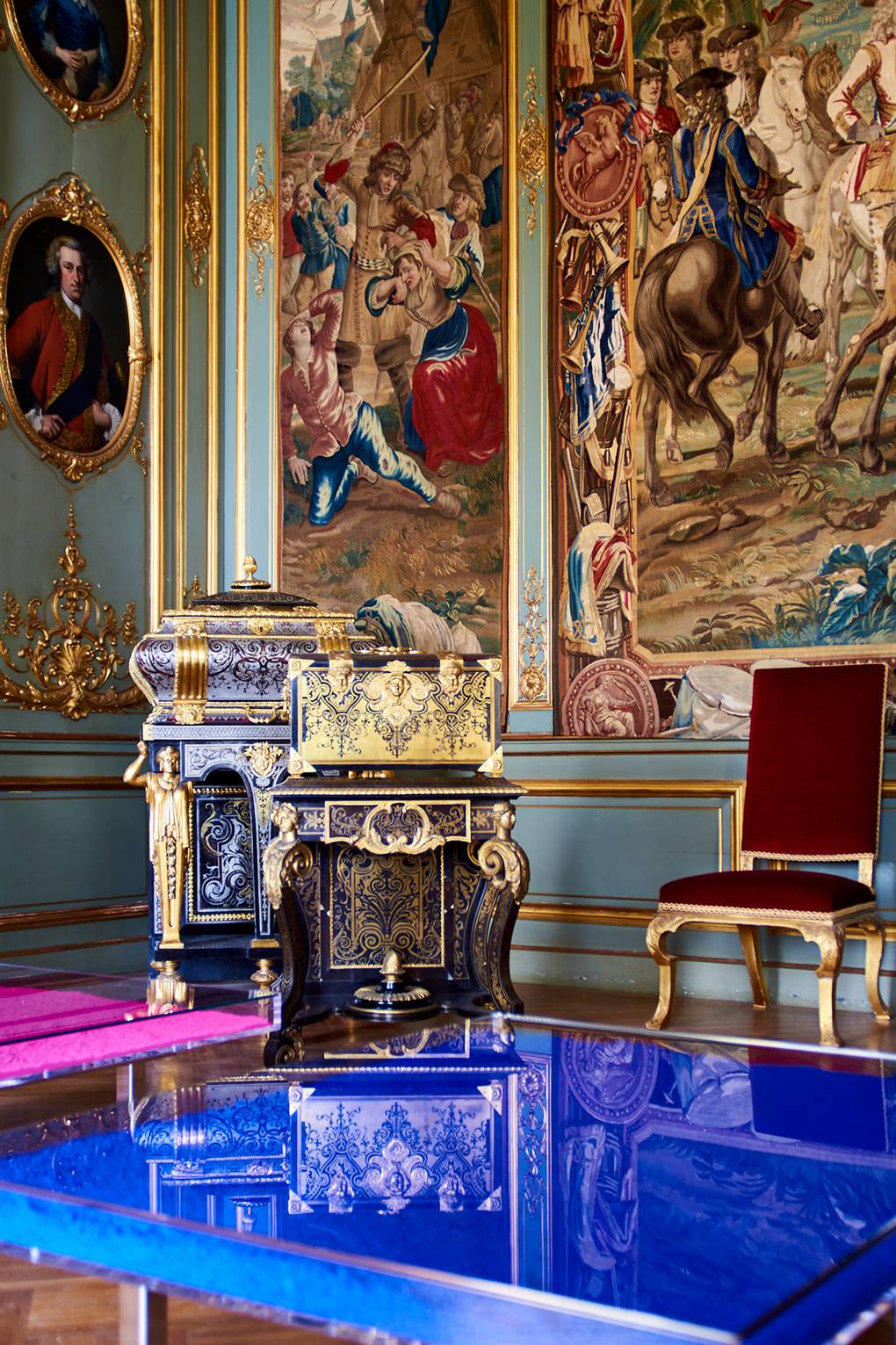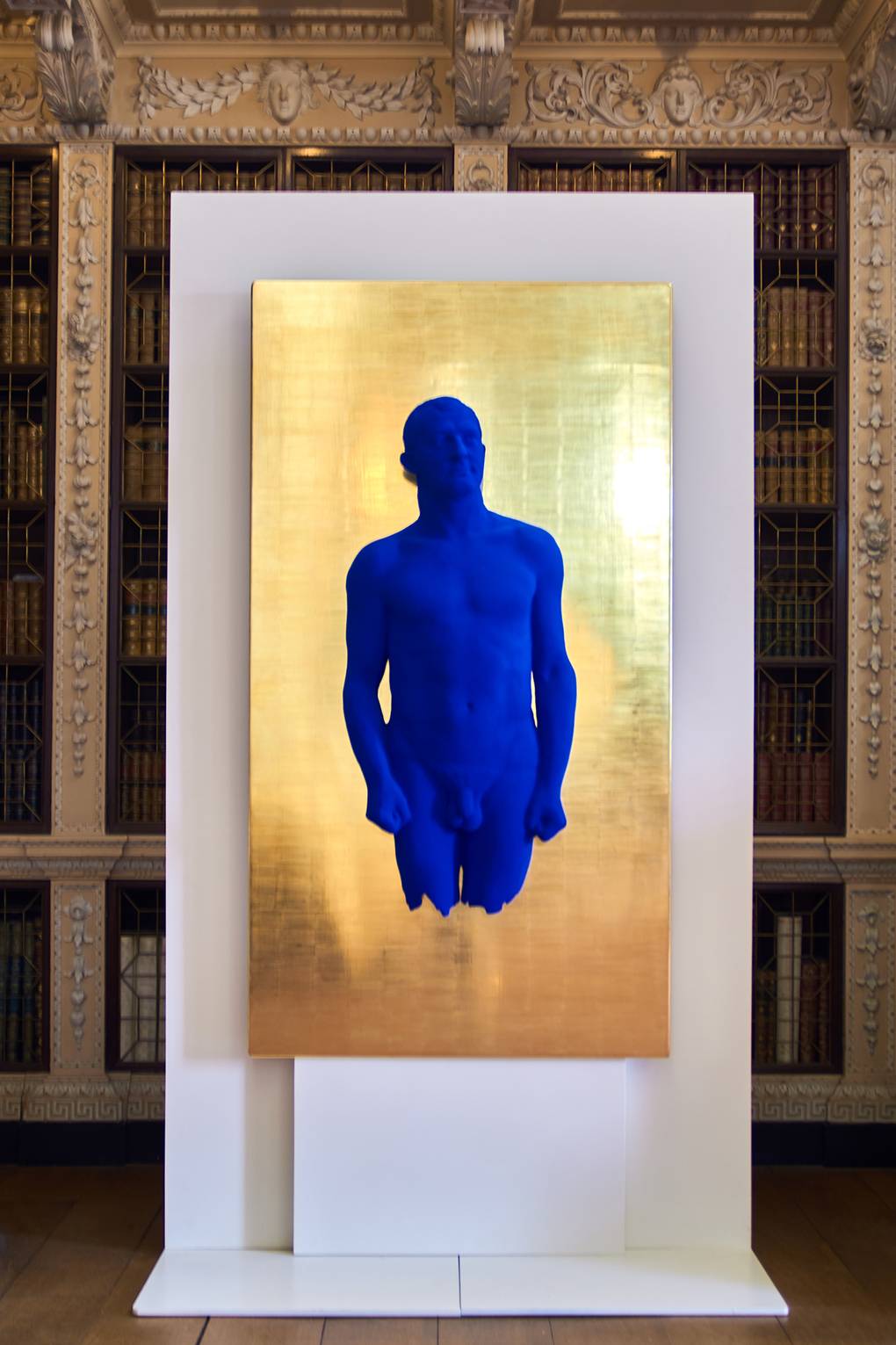Coca Cola red, Tiffany blue, Cadbury purple, Millennial pink. A single colour may redefine an age, forge a cultural identity, even spark a revolution. Or more still, it may lay the foundations for an entire artistic career, and radical cultural change in its wake. This is the story of Yves Klein Blue. A dazzling ultramarine, emerging in 1960s Paris, thanks to a single artist’s radical vision. Of course, blue has held symbolic prowess since time immemorial. The colour of wisdom, peace and harmony; associated with sublime natural phenomena – from midnight skies to vast oceans – and unfaltering institutions – be it royal, presidential, or military. And cherished across all forms of culture: in the cobalt of Chinese porcelain, the indigo of rich textiles and precious lapis lazuli jewels. When in 1957, French artist Yves Klein travelled to see the painted azure skies of Renaissance frescoes in Assisi, the history of blue was changed forever. Three years later, Klein registered his own formulation of ultramarine under the name International Klein Blue (IKB) – launching his own career and stirring ripples of artistic development for future generations.
The show’s highlight piece is immediate: a swathe of shimmering blue, basking in the Great Hall. Unfixed and seemingly infinite, this desert of ultramarine pigment appears in equal footing to its lavish Baroque setting. For Klein, blue was beyond dimensions, a “living world… of perfect serenity”. On either side, a pair of Blue & Red Rain sculptures cascade from the ornamental ceiling, revealing Klein’s preoccupations with the elements of nature. From here, Klein’s intense fascination with colour unfolds. We encounter canvases in uniform green and yellow, playful crockery doused in vivid pink and red amongst Sevres ceramics, hanging globes between the chandeliers, and paint rollers and sponges – all saturated in his signature IKB. Simple everyday objects, transformed with the Yves Klein touch.
In the Saloon, 12 free-standing Blue Venus sculptures reflect their Neo Classical surrounds. In the Red Drawing Room, a single Anthropometry painting breathes new life into the collection of family portraits and antique furniture. For this experimental series, Klein doused female models in IKB paint, directing them as “living brushes”. In the Long Library, a yet more radical Fire Painting: one of 80 produced during the course of a single day, wherein his models, now doused in water, silhouetted their figures against burning cardboard. In parts, the sensory overload of the Palace setting allows the works to sing. But even an electric blue may be eclipsed by the chatter of Dutch tapestries or crimson wallpaper, of jade upholstery or gilt frames. Opportunities for close-up encounters with the works are rare; the overall experience feels almost like a treasure hunt, with fleeting reward. But the restless energy of Klein is not all lost – here is a revolutionary, a maverick, an ambitious self-publicist; anticipating wide-ranging radical practices from minimalism, conceptual and performance art. Indeed in his short seven-year career – sadly cut short by a fatal heart attack aged 35 – Yves Klein became an artist for artists. An iconic master of colour, a steadfast innovator and zealous theorist. And of course, a tongue-in-cheek performer – famously serving IKB-tinged cocktails to his wedding guests at La Coupole, in Paris.






